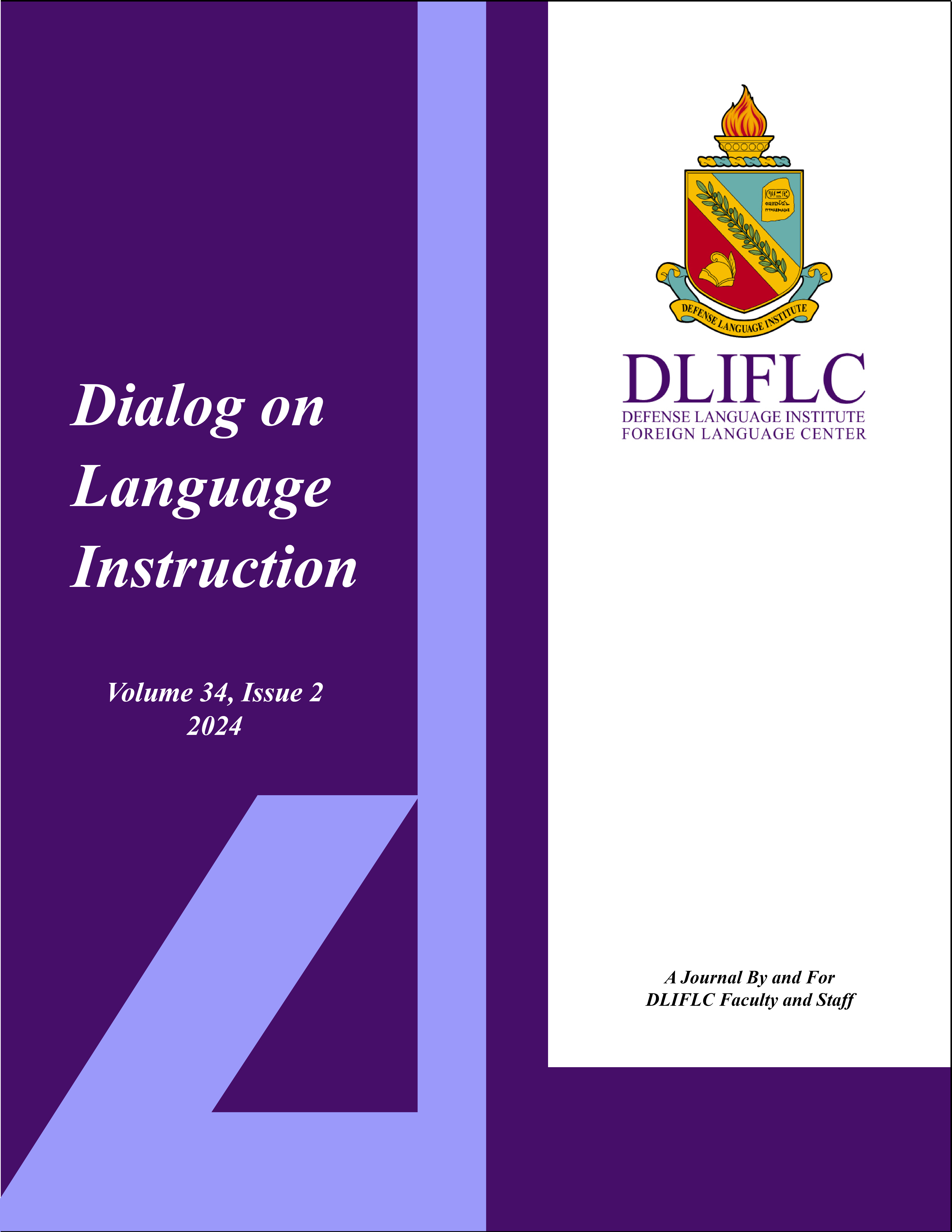Purposeful Pairing Design (PPD): Pairing for More than Sharing
Keywords:
Think Pair Share, Purposeful Pairing Design, Collaborative Discussion Strategy, Student Engagement, Background Schemata, Formal Schemata, Critical Thinking SkillsAbstract
While many agree on the benefits of pair work, how to pair students for language learning remains uncertain (Storch & Aldosari, 2013). As such, this article offers Purposeful Pairing Design (PPD) to upgrade Think Pair Share from a collaborative discussion strategy to an invaluable teaching tool. PPD is a pairing technique created by the author, where the teacher designs interactive activities that result in students figuring out who their partner will be for the rest of class. Students’ curiosity during PPD activities can boost their engagement, focus, and overall motivation for language learning. Additionally, PPD can be a useful teaching tool to activate students’ background schemata, formal schemata, and mostly, critical thinking skills. Students appreciate PPD activities, as they are collaborative and promote community-based learning amongst the students.


